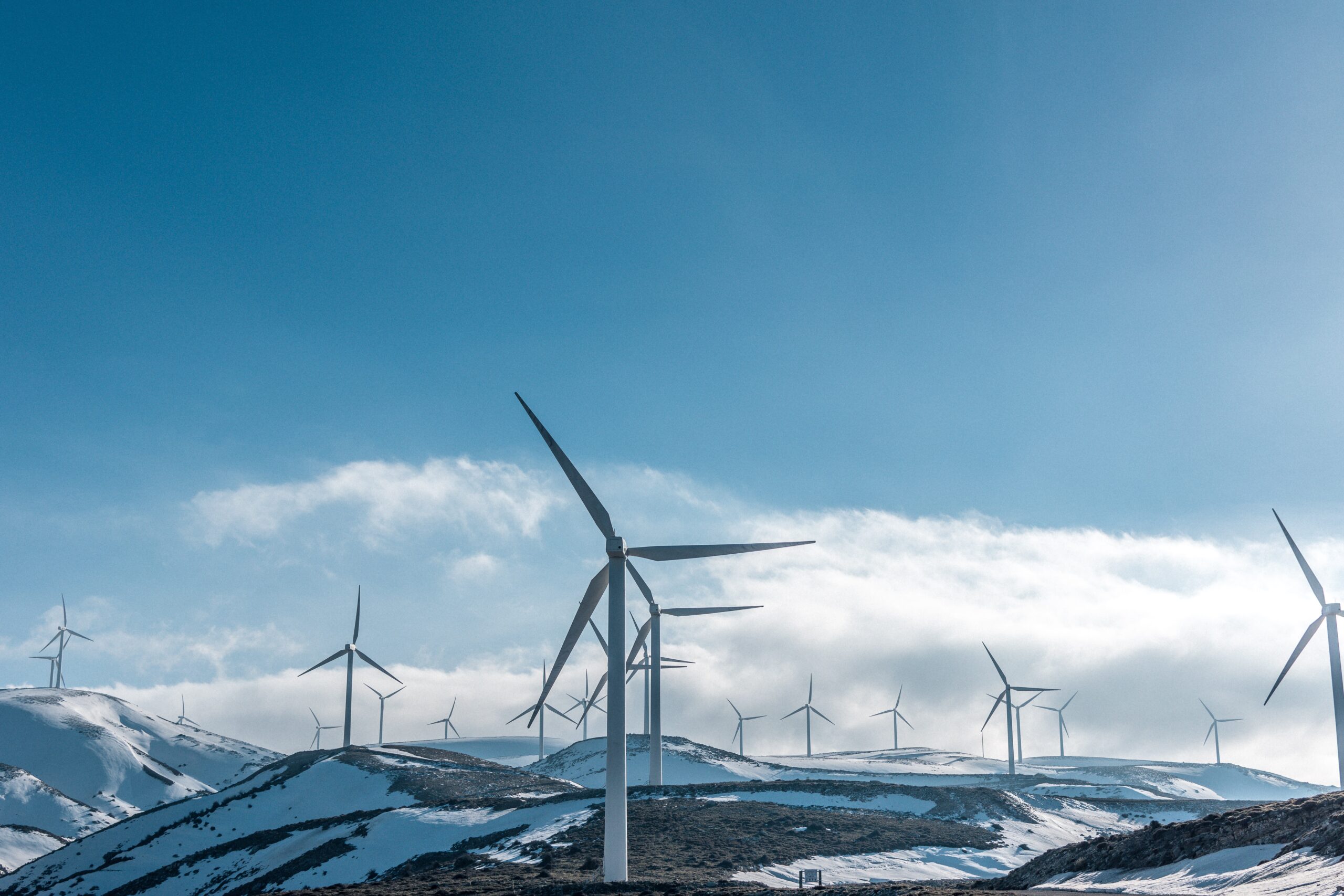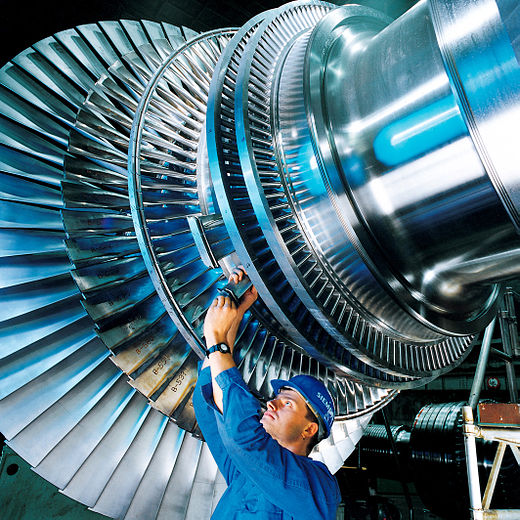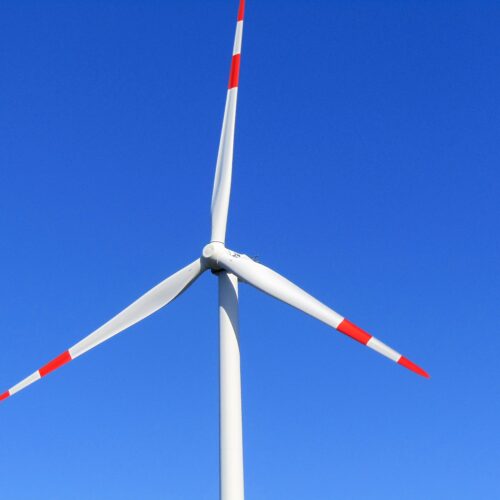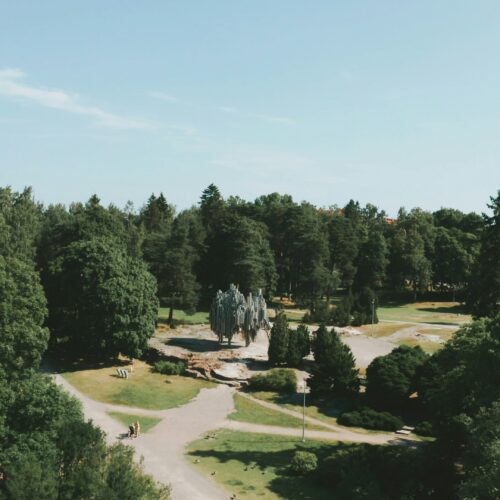Wind energy has become one of the fastest-growing sources of renewable energy, providing clean, low-cost energy to communities around the world. However, the growth of wind power has not been without controversy, as some communities have raised concerns about the impact of wind turbines on their quality of life.
Despite these concerns, there is evidence to suggest that wind power can have a positive impact on local communities, particularly when it comes to job creation and economic development. Additionally, community-owned wind turbines are becoming an increasingly popular way for communities to take control of their own energy future, while also reaping the economic benefits of wind power.
The Impact of Wind Power on Local Communities
Wind power can have a number of positive impacts on local communities, including:
- 1.Job creation: The growth of wind power has created jobs in manufacturing, construction, and maintenance, helping to stimulate local economies. In addition, wind power projects often use local workers, further boosting the local economy.
- 2.Increased property values: Studies have shown that homes near wind turbines tend to be more valuable than homes that are not, as they are seen as desirable due to their proximity to clean, renewable energy.
- 3.Tax revenue: Wind power projects can generate significant tax revenue for local communities, which can be used to fund important public services, such as schools and road improvements.
- 4.Improved energy independence: By generating clean energy locally, communities can reduce their dependence on fossil fuels and increase their energy independence.
Despite these positive impacts, wind power is not without its challenges. Some communities have raised concerns about the visual impact of wind turbines, as well as the potential for noise and shadow flicker. Additionally, there have been concerns about the impact of wind turbines on wildlife, particularly birds and bats.
However, many of these concerns can be addressed through proper planning and siting of wind turbines. For example, wind turbines can be designed and placed in areas that minimize their visual impact, while also reducing the potential for noise and shadow flicker. Additionally, there are measures that can be taken to reduce the impact of wind turbines on wildlife, such as installing bird and bat deterrents and monitoring their populations.
Community-Owned Wind Turbines
Community-owned wind turbines are becoming an increasingly popular way for communities to take control of their own energy future, while also reaping the economic benefits of wind power.
With a community-owned wind turbine, a group of individuals comes together to finance, construct, and operate a wind turbine, with the goal of generating clean energy and economic benefits for the community. The revenue generated by the wind turbine is then shared among the members of the community, creating a sense of ownership and investment in the project.
Community-owned wind turbines can provide a number of benefits to local communities, including:
- 1.Increased control over energy production: By owning and operating their own wind turbine, communities can have more control over their energy production, reducing their dependence on fossil fuels and increasing their energy independence.
- 2.Increased economic benefits: Community-owned wind turbines can provide direct economic benefits to the community, including job creation and revenue from the sale of energy.
- 3.Increased community engagement: By involving the community in the planning, financing, and operation of a wind turbine, community-owned wind turbines can help to increase community engagement and create a sense of ownership and investment in the project.
- 4.Improved environmental sustainability: By generating clean energy locally, community-owned wind turbines can help to reduce greenhouse gas emissions and improve environmental sustainability.
Conclusion
In conclusion, wind power has a significant impact on local communities and can provide numerous benefits, including job creation, improved air quality, and reduced carbon emissions. Community-owned wind turbines offer the potential to further harness the benefits of wind power, providing communities with a means of generating their own clean energy and potentially reducing energy costs. By taking control of their energy production, communities can create a more sustainable future for themselves and future generations. With advances in wind turbine technology, the cost of wind energy continues to decrease, making it a more accessible and viable option for communities to consider. As the world continues its transition to clean energy, community-owned wind turbines are poised to play an increasingly important role in shaping a more sustainable future.




